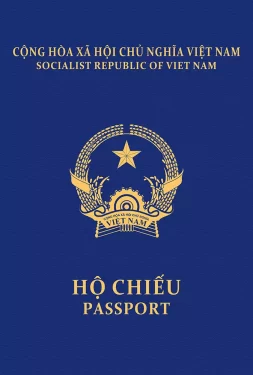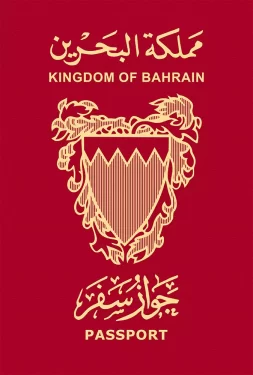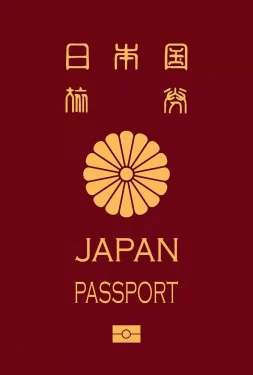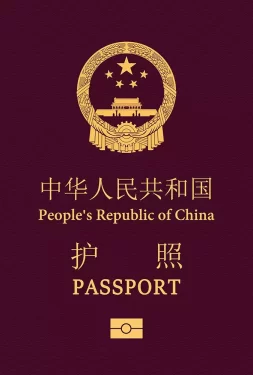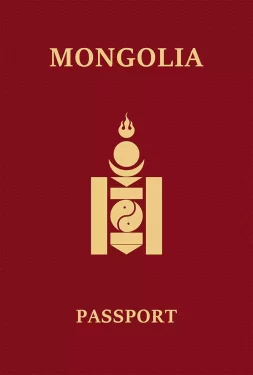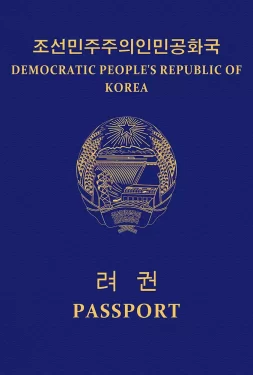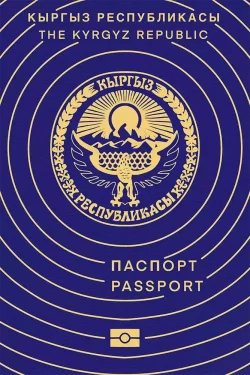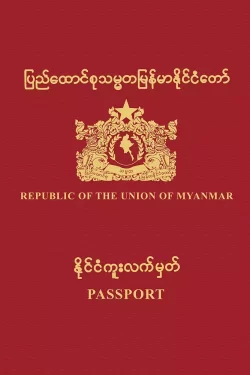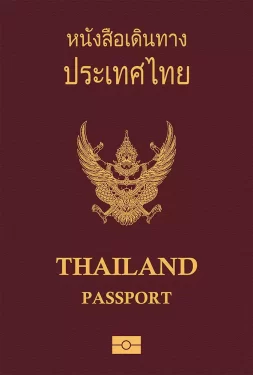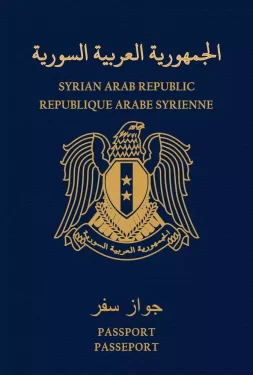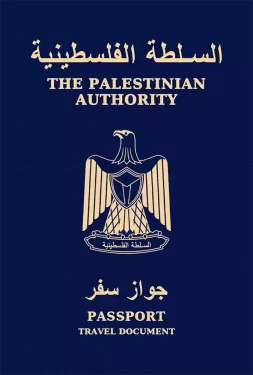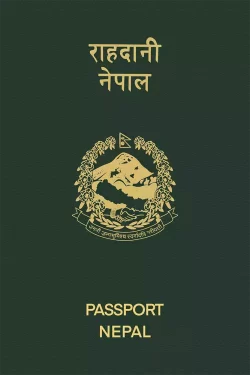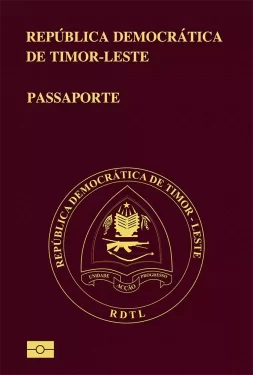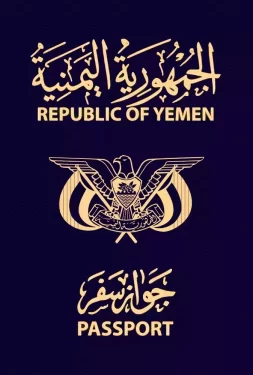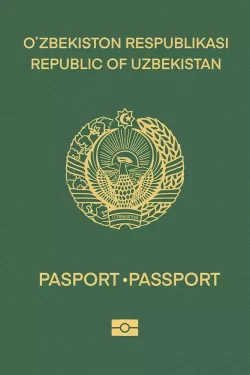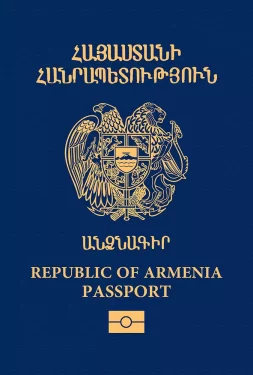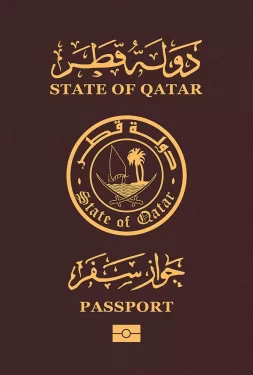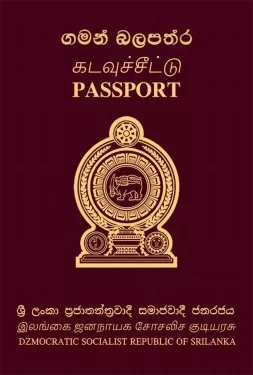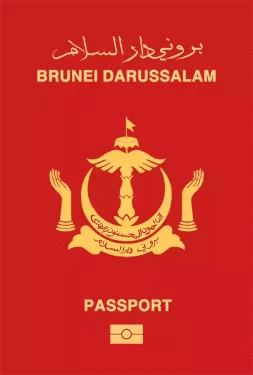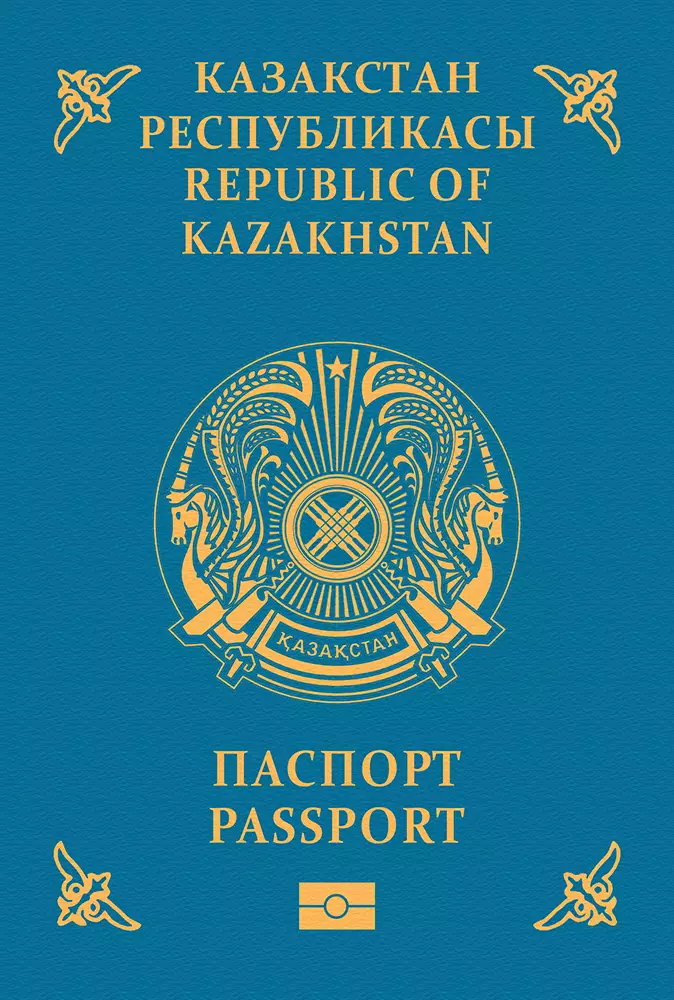

Kazakhstan
Kazakhstan passport ranking
The Kazakhstani passport is currently ranked 67th place on the Guide Passport Index. It provides visa-free access to 76 countries. This gives it an overall medium-low mobility score. Kazakhstani passport holders have visa-free access and visas on arrival to countries such as Thailand, United Arab Emirates, Saudi Arabia and Ukraine. Kazakhstani nationals require a visa to enter about 153 destinations in the world. Some of the destinations for which a prior visa is required are the United States, the European Union, the United Kingdom and Japan.
Kazakhstan Passport Ranking
The Kazakhstan passport ranking relative to other global passports is calculated by adding up the number of countries that allow Kazakhstan passport holders to enter without a visa (i.e. visa-free countries) and those that allow Kazakhstan passport holders to enter by obtaining a visa on arrival (i.e. visa-on-arrival countries) or an electronic travel authorization (eTA). There are currently a total of 37 Kazakhstan passport visa-free countries, 36 Kazakhstan visa-on-arrival countries, and 3 eTA destinations.
Altogether, Kazakhstan passport holders can enter a total of 76 destinations—either without a visa, through a visa on arrival, or via an eTA. As a result, the Kazakhstan passport ranks 67 in the world.
Separate from these Kazakhstan visa-free countries and visa-on-arrival countries, there are 153 additional destinations which Kazakhstan passport holders either need a physical visa to enter or an eVisa (i.e. visa required countries).
About Kazakhstan
The Republic of Kazakhstan is a former soviet country consisting of 14 regions. The nation is situated in Central Asia. It is bordered by Turkmenistan, Uzbekistan, Kyrgyzstan, China, Russia and Mongolia. Kazakhstan has a surface area of over 2.7 million square kilometers. This makes it the 7th largest country in the world. Its climate is mostly continental with cold winters and hot summers. Its terrain is characterized by a vast steppe extending throughout the country with some desert in the south.
Kazakhstan has an overall population of 19,3 million people. Despite the country’s size it makes it only the 64th most populous country in the world. The capital of the nation is Nur-Sultan. The most populous city however is Almaty with over 1.8 million inhabitants. Other major cities are Shymkent, Aktobe, Karaganda and Taraz. The largest airport is Almaty International Airport (ALA) with 6.4 million yearly passengers. The airport connects Kazakhstan to most parts of the world.
Kazakhstani culture is influenced by Mongolian, Tatar, Arab and Russian influences. The main religions are Islam and Christianity. The official languages are Kazakh and Russian. The legal system is the civil law influenced by Roman-Germanic models. The government type is a presidential republic. The chief of state is President Kasym-Zhomart Tokayev and the head of government is the elect Prime Minister Älihan Smaiylov. The elections take place every 5 years and the president is elected directly by popular vote.
The official currency of the country is the Kazakhstani tenge (KZT) with the current exchange rate being KZT 428 to the USD. The country has an open economy, generating a GDP of approximately $569 billion. Its citizens have a per capita income of $30,178. The GDP is mostly made up of 2 key sectors, which are industry and services. The main GDP contributing industries are mining and petroleum; forming the backbone of the Kazakhstani economy. Other important export goods are coal, grain, potatoes and vegetables.
Kazakhstan is filled with a variety of urban and natural tourism destinations and attractions. It is known for its vast steppe and different cultural sites available throughout its geography. It has 5 UNESCO world heritage sites. Some of the major destinations include Almaty, the Kolsai lakes, Aksu-Zhabagyly, the Aral Sea, the Tian Shan mountains and the spaceport Baikonur. The nation has a total of over 8.7 million tourists visiting every year. The majority of which are originating from the neighboring countries.
